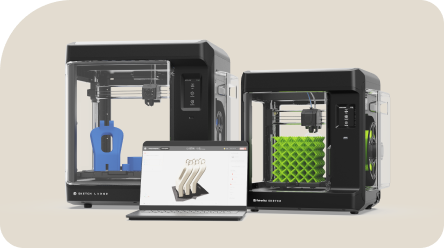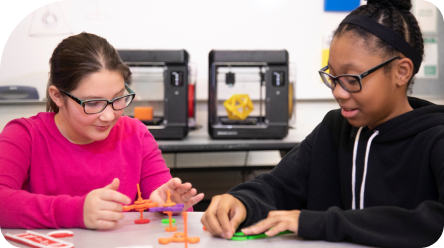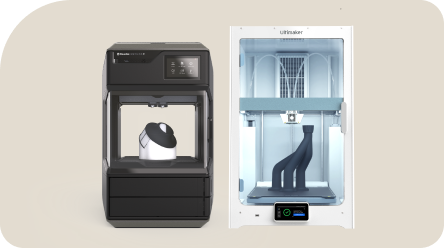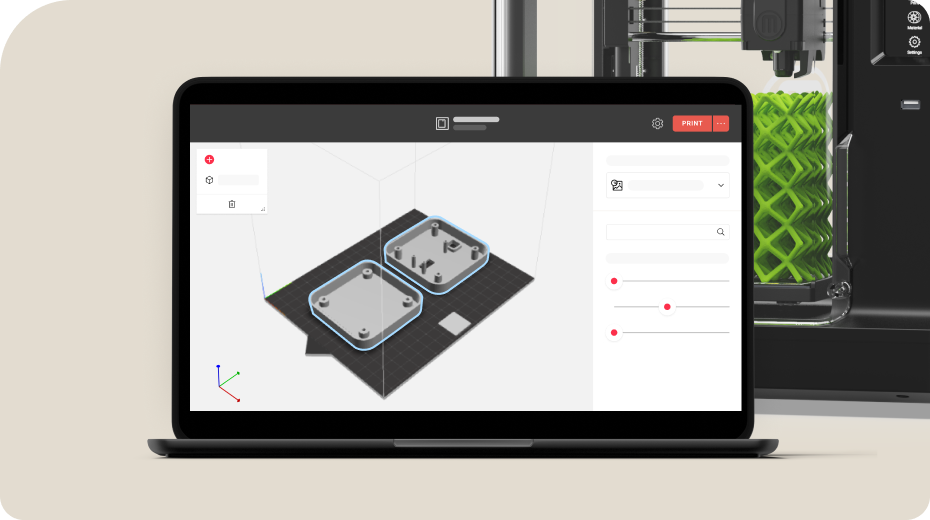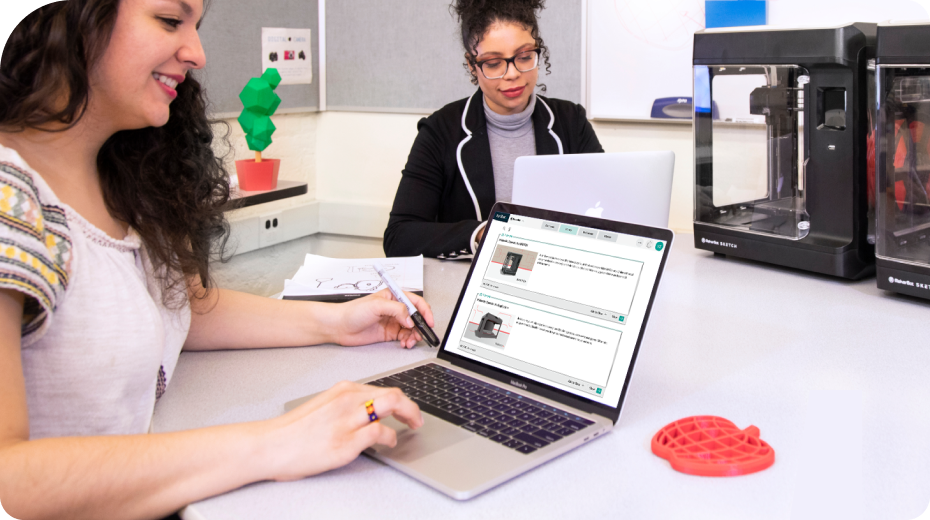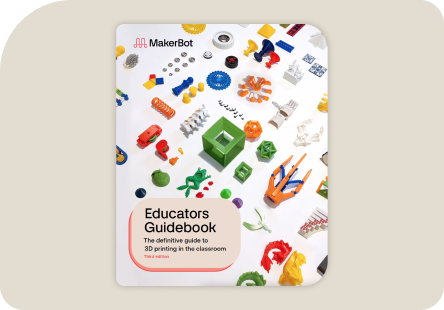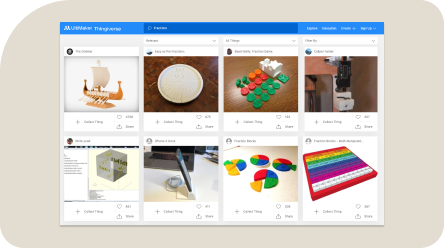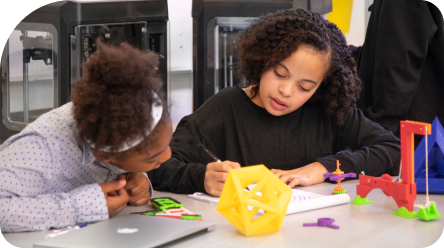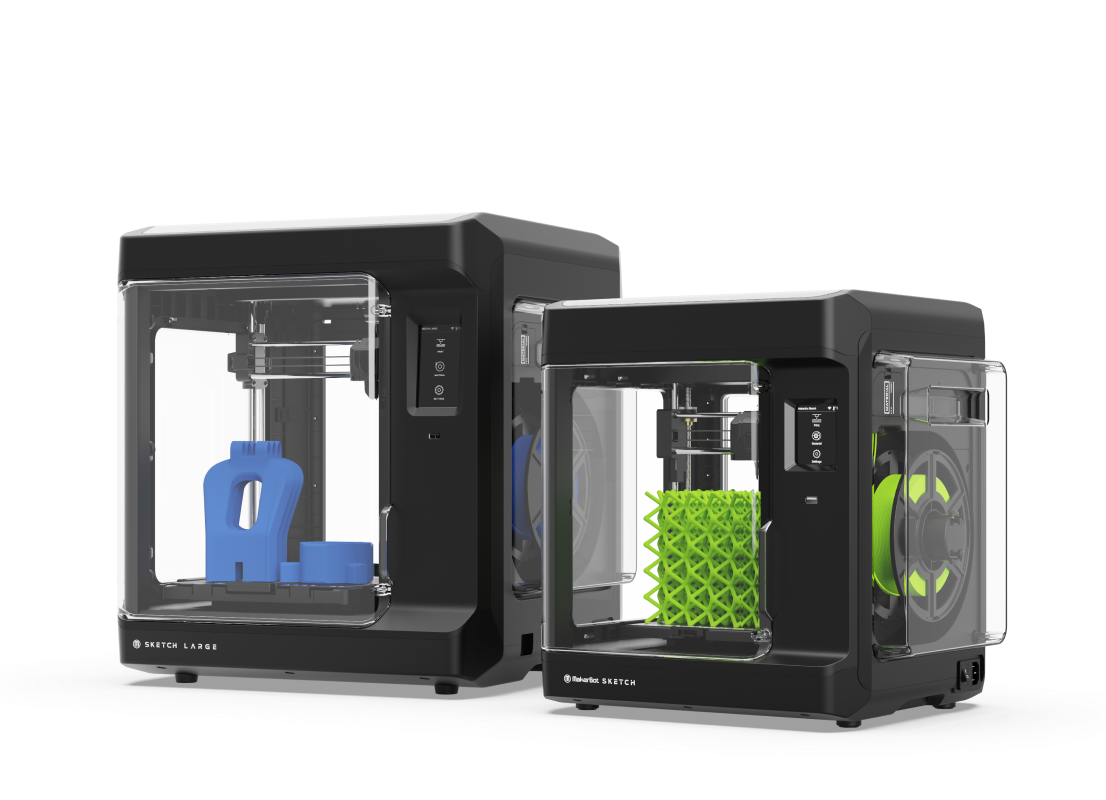Daniel Frank, assistant teaching professor at Arizona State University and mentor at Si Se Puede, has also found the printers easy to use with his students. “MakerBot Sketch is very user-friendly, so it’s great for people who are just learning about the technology. I can bring in a student that has little to no 3D printing experience and, through some guidance, we can set up the printer in 15-20 minutes and have our first part printing.”
The 3D printing center was designed as more than just a lab. It plans to offer 3D printing certification courses for educators and students, using the MakerBot Certification™ training program. The goal is to certify teachers and students and empower them with the knowledge and tools to use 3D printing more. MakerBot Certification is the only ISTE-certified 3D printer training program, providing comprehensive curriculum creation courses for educators and design thinking and application courses for students.
“It’s very important for us to certify teachers because if you just get a printer without having any certification, you don’t learn the little tricks and things that you need to know about how to make the printer work perfectly. MakerBot Certification gives the teachers all the tools they need to use the machine effectively,” Lajvardi noted. “For example, I learned that there’s a way that you can clean a jammed extruder using a needle to push through material that’s not fully melted. That’s not something that’s readily understandable to people who don’t have the certification process. Because of that, I’m the only one at the center that knows how to fix the machines. That’s a perfect example of why the certification process is important.”
As the certification program gets up and running, Lajvardi has aspirations to expand their program.
“In an ideal world, we’d like to have enough funding so that if we do a class for teachers, that when they’re done, they go home with a printer,” continued Lajvardi. “It’s frustrating to get certification in 3D printing but you don’t have a printer to use.”
